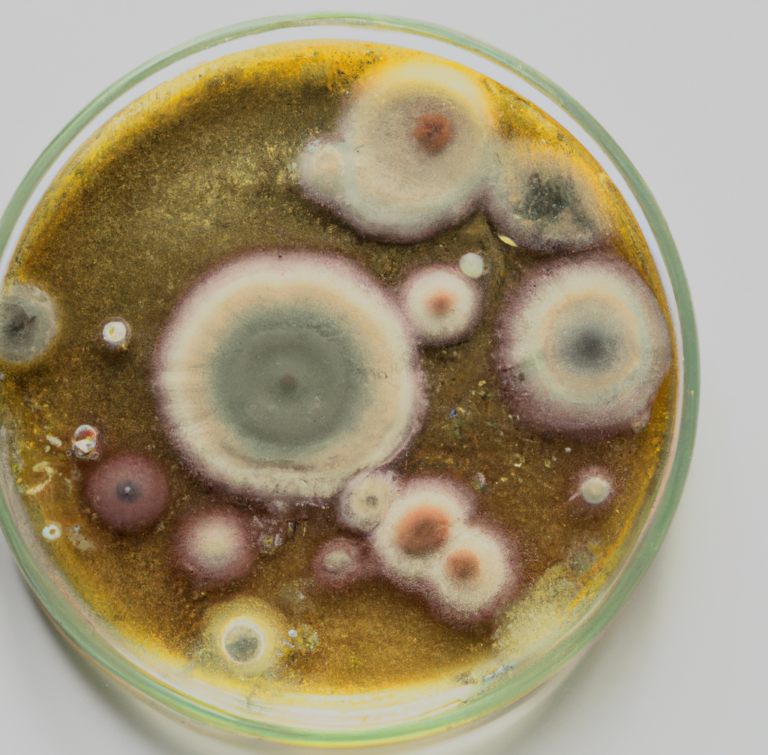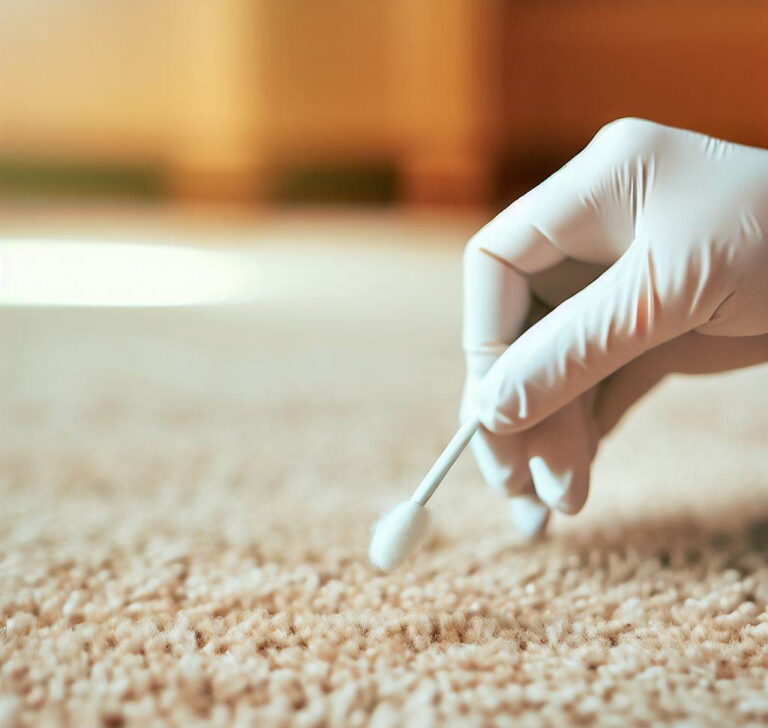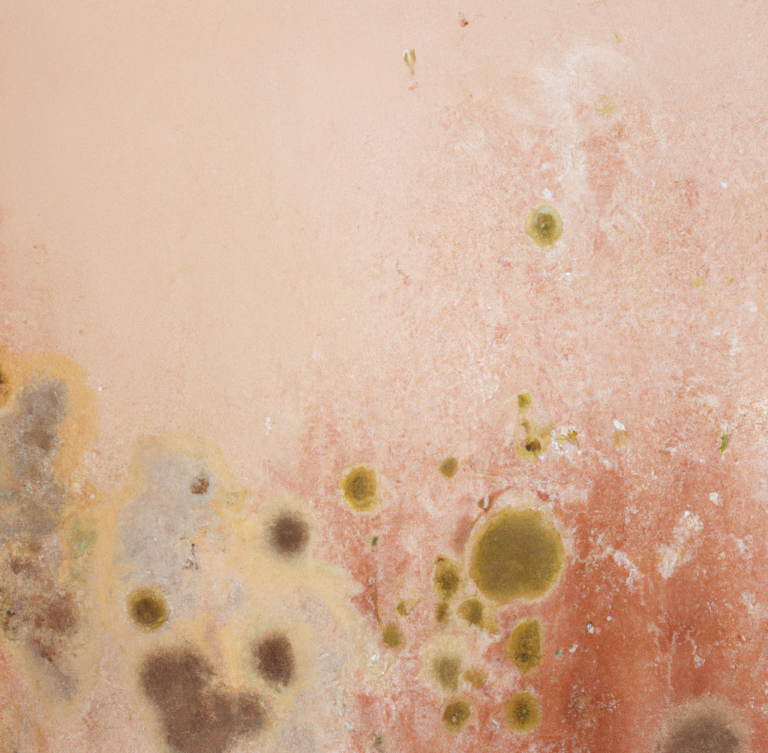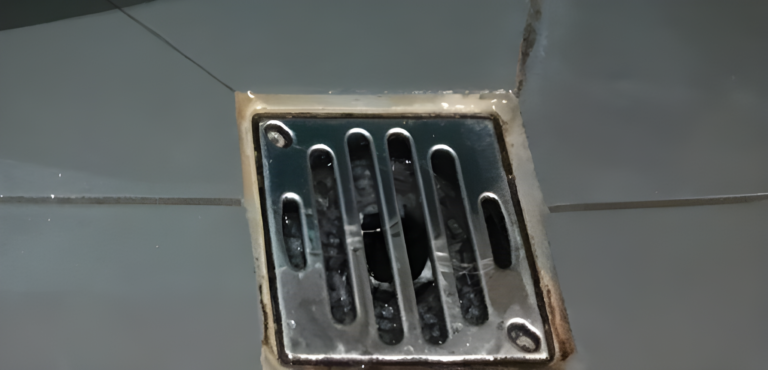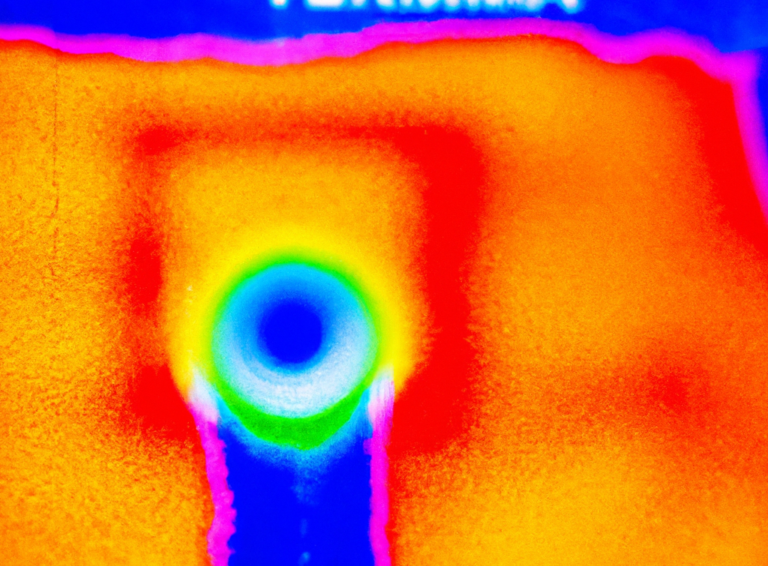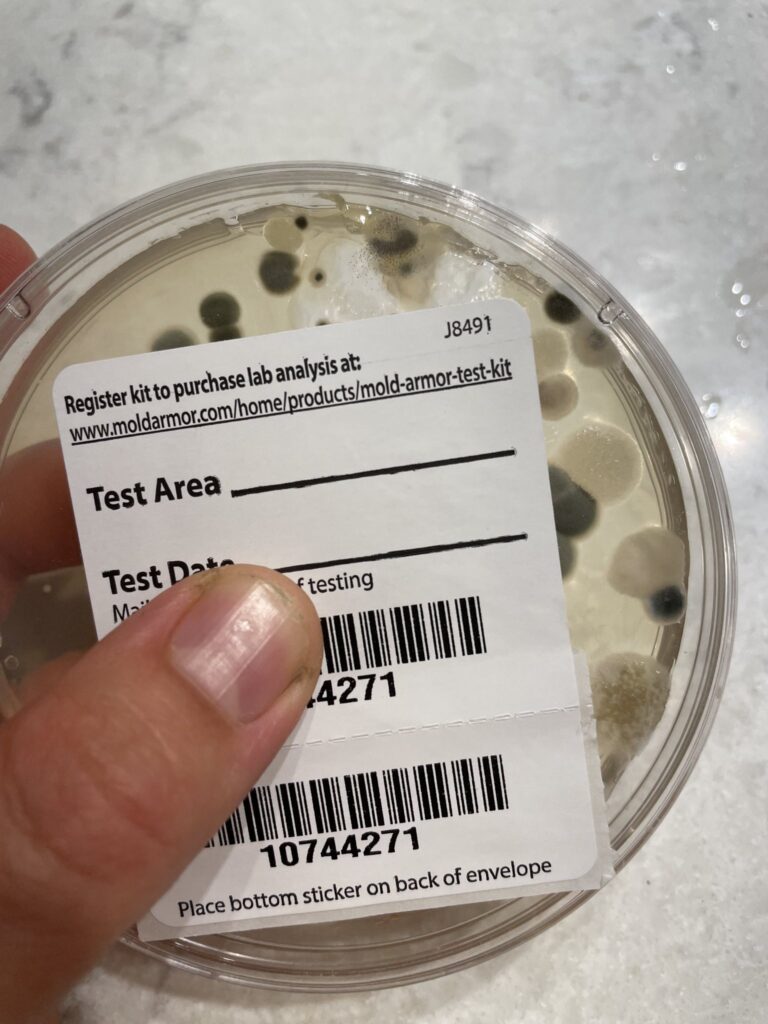What Do I Do When I Just Found Mold?
Discovering mold in your home can be a distressing experience, but it’s important to stay calm and take immediate action. Mold issues are not insurmountable, and with the right approach, you can effectively address the problem. Understanding the potential risks associated with mold growth and knowing how to identify and assess its presence are key factors in finding a resolution. Whether you decide to hire an Indoor Environmental Professional (IEP) or take on the remediation yourself, this article will guide you through the process and equip you with the necessary knowledge to tackle the issue head-on. So, take a deep breath, and let’s explore the steps to effectively find and identify mold in your home while ensuring your safety and peace of mind.
The content provided on this website is based on personal experiences with mold and is for informational purposes only. It is not professional advice. For accurate guidance, consult a licensed mold professional. Mold situations can vary, and relying solely on personal experiences may not be suitable for your specific circumstances. We recommend seeking professional assistance for mold-related issues. We disclaim liability for any reliance on the information provided on this website.
- Don’t Panic, Stay Calm: Finding mold in your home can be unsettling, but it’s essential to remain calm. Take a deep breath and remember that mold issues can be resolved with proper actions.
- Don’t rush it: When you come across mold in your home, it’s natural to feel a sense of urgency to address the issue. However, it’s important not to rush into action hastily. You risk of spreading mold spores throughout your house, exacerbating the problem. If mycotoxins become widespread, eliminating them becomes significantly more challenging. So, it’s crucial to keep this in mind and approach the situation with patience and caution.
- Avoid Disturbing the Mold: Mold growth releases microscopic spores and mycotoxins into the air. Disturbing the mold can cause these harmful substances to spread further, contaminating other areas of your home. Mold spores can settle on surfaces and mycotoxins can penetrate porous materials, making them difficult to eliminate. Therefore, it is crucial to avoid disturbing the mold to minimize the risk of exposure.
- Decide If You Should Hire an Indoor Environmental Professional (IEP): Assessing the presence of mold in your home can be challenging, especially if you’re unsure about its extent or potential health risks. In such cases, it’s advisable to consider hiring an IEP. An IEP is a professional with specialized knowledge and experience in identifying, testing, and providing remediation recommendations for mold and other indoor environmental issues.
You’ve Decided to Hire an Indoor Environmental Professional (IEP)
Congratulations on taking the proactive step of hiring an Indoor Environmental Professional (IEP) to assess the mold situation in your home. By enlisting the expertise of an IEP, you can gain valuable insights into the extent of the mold problem and ensure effective remediation.
Here’s an article that will help you find a quality IEP:
Finding a Qualified IEP (Indoor Environmental Professional) for Effective Mold Remediation
You’ve Decided to Tackle the Problem Yourself
If you’ve made the decision to handle the mold remediation yourself, there are important steps you should follow to ensure an effective and safe process:
- Identify the moisture source: Mold growth is often a result of underlying moisture issues. While addressing the visible mold is crucial, it’s equally important to identify and address the source of moisture that allowed the mold to thrive. Common moisture sources include leaks, condensation, high humidity levels, or poor ventilation. By addressing and resolving the moisture problem, you can prevent future mold growth.
- Assess for Hidden Mold: Before diving into the remediation process, it’s crucial to determine if there is any hidden mold in addition to the visible mold you’ve already found. We recommend sealing off the moldy area for now until further testing can be conducted.
- Take a Tape Sample: To gain more insight into the mold species present, consider taking a tape sample of the visible mold. This sample can be sent to May Dooley (https://moldcontrolonabudget.com/mold-testing/).
- Conduct an ERMI Test: An ERMI (Environmental Relative Moldiness Index) test from Envirobiomics can provide a comprehensive assessment of the indoor mold levels in your environment. Once you receive the ERMI results, it’s crucial to interpret the score and evaluate the types of molds detected.
- Interpret the ERMI Score: The ERMI score subtracts the outdoor molds from the indoor molds, providing an overall assessment. However, it’s important to focus on the types of indoor molds found and their concentrations. Pay particular attention to the top five most harmful molds to humans, which are listed in the HERTSMI score. If Stachybotrys, commonly known as “black mold,” is present in any amount, we highly recommend seeking the assistance of an Indoor Environmental Professional (IEP).
You can find some more information about how to find and identify mold in the article here:
A Guide to Finding and Identifying Mold in Your Home
To help you through the remediation, here’s an article that helps you with that:
Implementing Containment During Mold Cleanup: Effective Steps for a Safe Remediation Process
By following these steps and understanding the results of the tape sample and ERMI test, you can make informed decisions about the extent of the mold problem and whether additional professional help is necessary. Remember, ensuring your safety and the thorough remediation of the mold should be the top priorities throughout the process.


